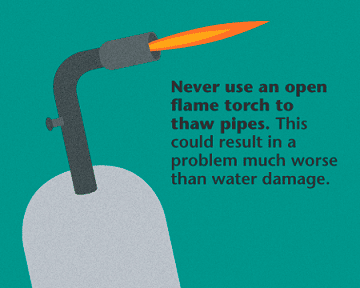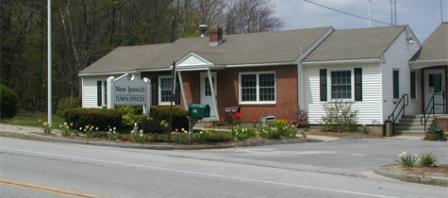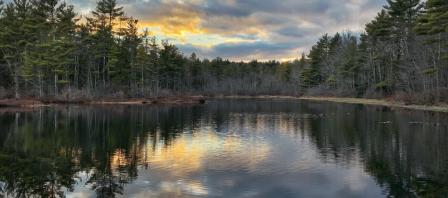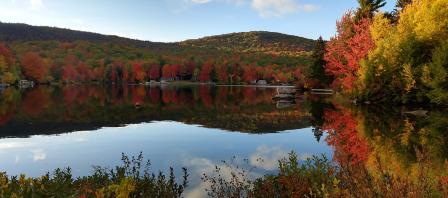Freezing temps don't have to mean frozen pipes -Tips to prevent frozen pipes
Posted on: February 1, 2023 - 2:52pm
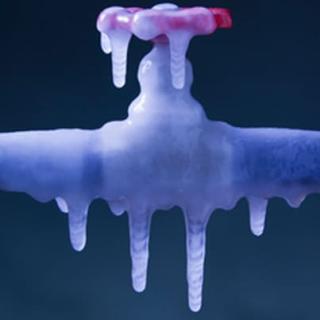
Frozen pipes that later burst can cause extensive water damage.
Here are a few reminders to prevent frozen pipes:
- Keep building temperatures as consistent as possible, never less than 55 degrees Fahrenheit. Temperatures in void areas can be 20 degrees colder than thermostat readings.
- Insulate areas where water supply lines are located and eliminate drafts.
- If you have water pipes in basements, crawl spaces, or outside walls, insulate the pipes, using pipe-sleeves or other insulating material.
- Allow warm air to circulate by opening up doors to closets and cabinets where pipe chases are located.
- On at least a daily basis, all areas of the building should be monitored for open windows, heating failures and water leaks.
- Provide training in emergency response, i.e. how to shut off the water supply, who to call in an emergency.
- If you suspect that a pipe is particularly susceptible to freezing, as an emergency measure, leave water running at a trickle to prevent freezing. This is never recommended as a permanent measure and should be monitored frequently.
- Dry sprinkler systems are still susceptible to freezing, as water can accumulate in low spots and through condensation. All sprinkler systems should be regularly maintained. Contact your sprinkler maintenance company for recommendations.
Have a plan in place for responding to water leaks and heating failures. You should have a plan for safely thawing any pipe you believe to be frozen; however, if you are unsure, call a professional.
Never use torches or devices with open flames to thaw frozen pipes!
